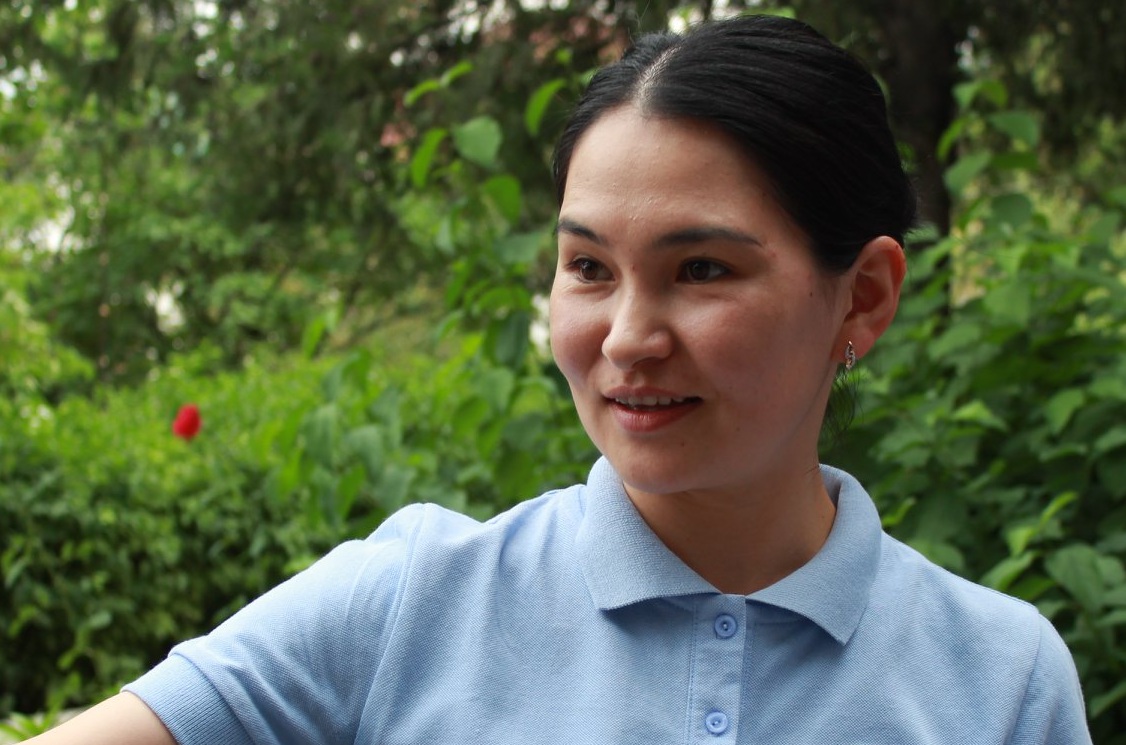According to experts, currently Kyrgyzstan pays much attention to the extremism and terrorism issues, while the religious intolerance, interreligious dialogue, non-discrimination have become secondary issues.
Please follow us on LinkedIn
On January 11, unknown vandals damaged the orthodox cemetery in the village of Ananievo, Issyk Kul region of Kyrgyzstan. The press service of Interior Affairs Department of Issyk Kul region claimed that police officers found 35 destroyed wooden gravestones in the form of a cross and two marble gravestones during the inspection of the scene. However, local residents counted 89 damaged gravestones.
It should be noted that this was not the only case of cemetery vandalism. In April 2016, vandals damaged the Christian cemetery in the village of Oktyabrskoye of Alamudun district. In late 2017, police officers of Osh detained a 28-year-old local resident who had been destroying gravestones at a local Muslim cemetery for a long time. He was suspected of destroying 51 gravestones. He explained his action by saying that “it’s a sin to place gravestones over graves because they are too heavy for the deceased to bear”. As we reported earlier, Kyrgyzstan has raised the issue of burial of the Kyrgyz proselytes many times. The problem was that residents of some districts hindered the burial of deceased Protestants on local cemeteries. See also: Fate of Kyrgyz Proselytes: Beaten, Buried Three TimesA cemetery as a cattle range

Alina Fadeyeva is a native of Talas, but now residing in Moscow. She told us that the town cemetery there became a cattle range.
— In 2018, I was in my hometown of Talas twice and I saw that people graze cattle on the cemetery regularly. It is not fenced and it’s needless to say that it is not protected just like other cemeteries of Kyrgyzstan. As a result, they have damaged crosses, dung heaps on graves and around, rickety memorials, settled soil due to cattle hooves.
When I visited the cemetery the second time last summer, I again saw a shepherd guiding the flock of sheep towards it. When he saw me with a camera, he turned away quickly. Now I’m not in Kyrgyzstan, but I don’t think anything has changed much for six months.
All I have back in my motherland is the graves of my parents and grandparents. I can hardly find words to express my personal moral and emotional state when I see how a place, which is of great sacred and spiritual importance to me, a place of burial of my relatives, becomes a cattle range.
Many people buried on this cemetery have no relatives around them because they [relatives] have left for ever and no one can protect their violated graves. Let’s just be people because all of us will have to take our final journey.
I hope the cemeteries will be enclosed, not at the expense of relatives or poor pensioners, but at the expense of the budget, as required by law. The graves there date back to the 1880s, and many of them are left unattended because no relatives are there.
After the incident in Ananievo, the prime minister of Kyrgyzstan ordered to find and charge the perpetrators. Alina hopes that other cemeteries in the country would also be cleaned up.
A conflict or vandalism?
Now the damaged crosses and gravestones are being restored in Ananievo. The representatives of the Bishkek and Karakol Orthodox churches provide assistance to local authorities.

Nobody hastens to mention the interreligious conflict: neither local residents, nor police, nor religion expert Indira Aslanova:

According to the analyst of CABAR.asia, Roza Duisheyeva, the problem is not about the perpetrator or the mastermind, but how to prevent vandalism.
“There are relevant articles in the Criminal Code, but I think even severe punishment won’t help if a person doesn’t have spiritual culture. Therefore, the civil society, including the clergies, need to hold outreach activities among people,” Duisheyeva said.
Theologian Kadyr Malikov thinks the incident in Ananievo was a pre-planned provocation meant to undermine the relations between the Russians and the Kyrgyz under the guise of religion.
“The perpetrators must be held to account. It’s not only interethnic and interreligious relations in the society at stake, but also the reputation of Kyrgyzstan in the international community and relations with other states,” Malikov said. He reminded that the desecration of graves of representatives of any religious is forbidden in Islam:
However, such vandalism has taken place in recent years at Muslim cemeteries, too, said Elmira Nogoibaeva, a researcher of social and political processes. She fears that the situation of cemetery vandalism in Ananievo could be used for provocations.
This publication was produced under IWPR project «Forging links and raising voices to combat radicalization in Central Asia»





